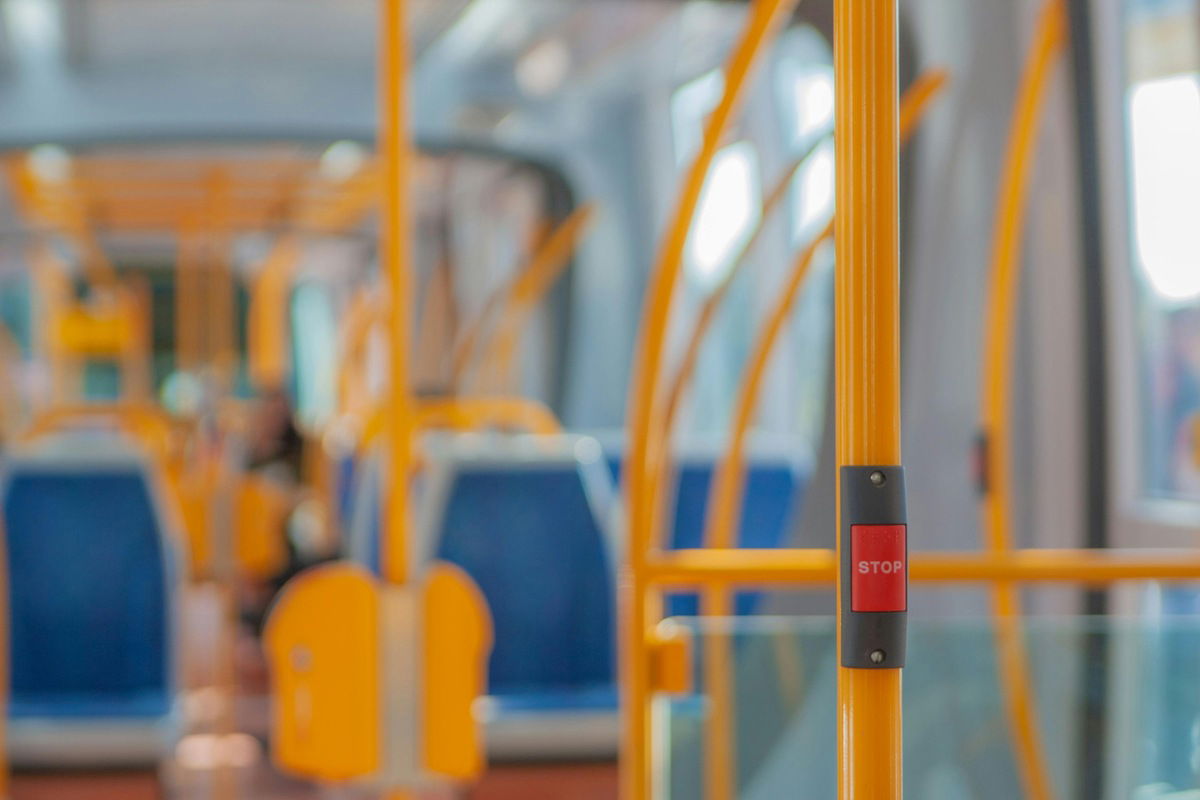Ever find yourself sitting on a bus or train and staring at a mysterious button or sign, wondering, “What does this even do?” Public transport systems around the globe are full of unique symbols and buttons that can leave travellers scratching their heads. Some are functional, while others are cultural curiosities, designed to make commuting just a little more interesting.
This blog was inspired by my friend Jeanie Lazaris Schluter, who is currently in Germany and asked her friends on Facebook what the red button with a steaming cup of coffee meant. That got me thinking about some of the quirky buttons and symbols I’ve come across while traveling.
1. The Steaming Coffee Button (Germany)

If you’re traveling on a long-distance bus in Germany and spot a red button with a steaming cup of coffee logo, you might be in for a treat. This button doesn’t summon a barista but instead lets the driver know that passengers would appreciate a short break. It’s a neat little feature that speaks to the efficiency and care embedded in German travel culture, ensuring that everyone gets a chance to recharge—literally and figuratively—along the way. Don’t expect this on city buses, though; it’s reserved for those longer hauls across the autobahn.
2. Quiet Zone Button (Denmark)
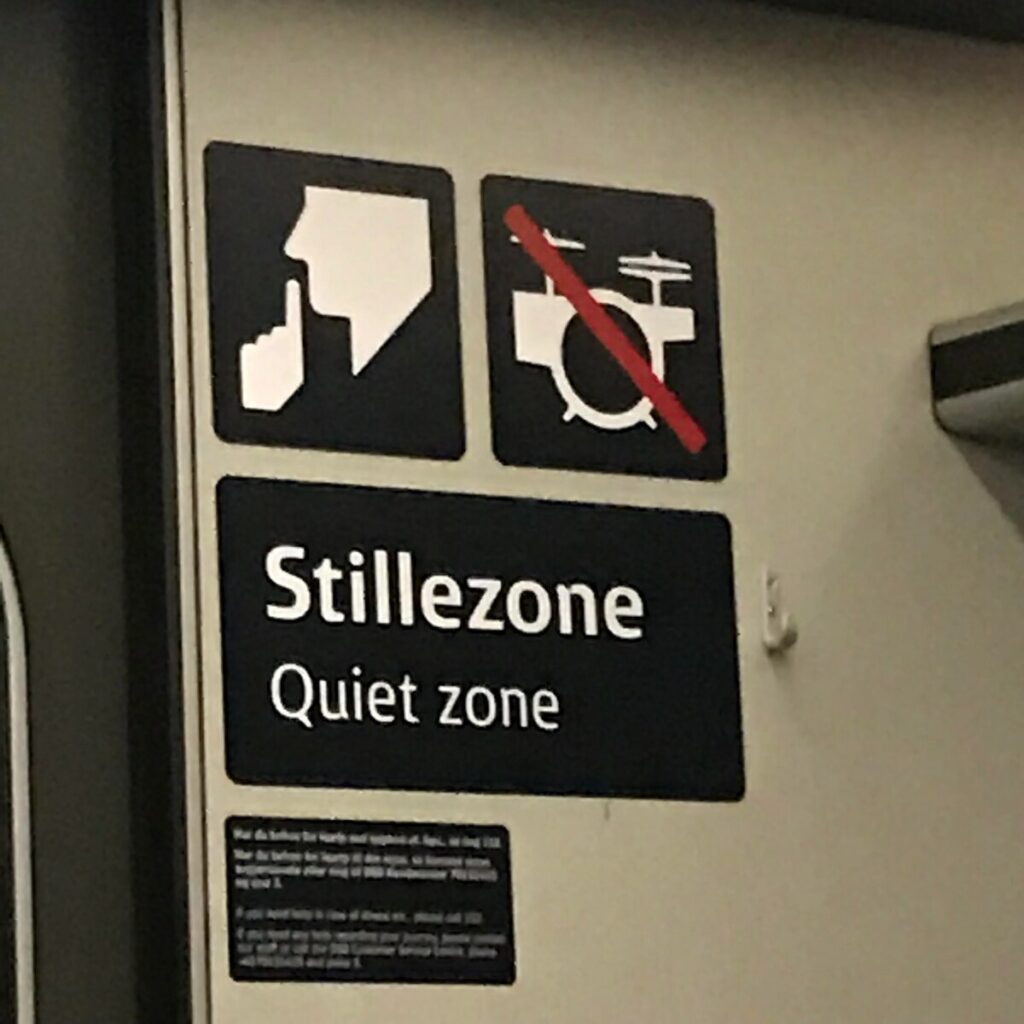
In Denmark, some train carriages have “Quiet Zones” where passengers are expected to refrain from making noise. There’s often a symbol of a person with a finger to their lips or a button that you can press to alert the staff if someone is being noisy. It’s a polite way of maintaining peace in designated quiet areas. As for the symbol to the right…no drum solos allowed?
3. Blue Buggy Button (Germany)
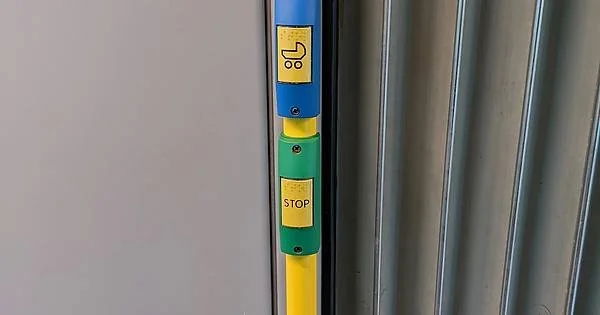
The blue buggy button on trams, commonly found in places like Germany and other European cities, is designed for parents or passengers with baby strollers. Pressing this button signals to the driver that the stroller user may need extra time or assistance to board or disembark, as maneuvering with a stroller can be tricky. The driver is then alerted to allow more time at the stop or, if necessary, lower a ramp to help with boarding. It’s part of a broader initiative to make public transport more accessible and convenient for families with small children.
But there’s more to it than just practicality! Some cheeky Berliners joke that the blue buggy button is actually BVG’s (Berlin’s public transport) secret dating app. Press the button, and it’s as if you’re letting the driver know you’re ready for family life. Just stay on board until the final stop, where the driver will have a 10-minute break—plenty of time to start more than just a conversation. Who knows, you might leave the tram as more than a passenger—perhaps as part of a new family!
This quirky feature perfectly reflects the user-friendly and family-oriented nature of European public transport, blending practical utility with a little humor. You’ll find this button near the doors of most trams or buses, where parents with strollers typically board.
4 and 5. How To Wash! (Japan)
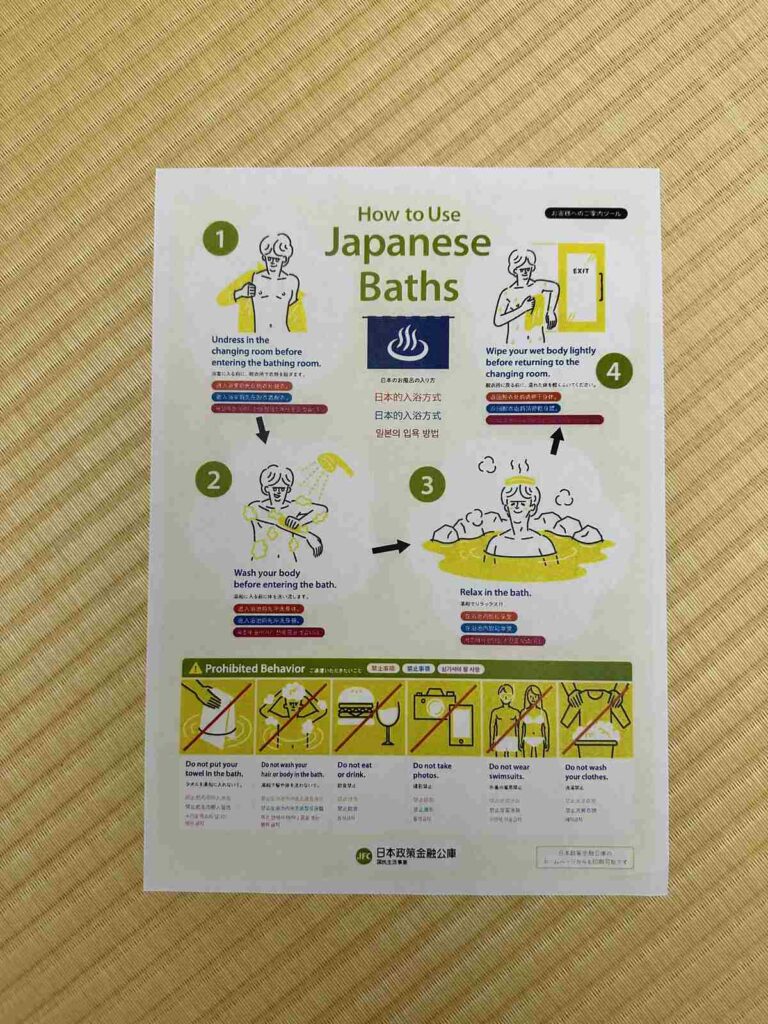
Last year during my visit to Japan (Jeanie was also on this trip!), I found two funny and informative signs that really stuck with me. One was in a traditional Japanese bathhouse, giving instructions on how to use the bath—particularly emphasizing no photos!
The second sign was in a public bathroom, offering step-by-step directions on how to wash your hands. What made this one especially amusing was the focus on how to thoroughly dry your pores and wrinkles.
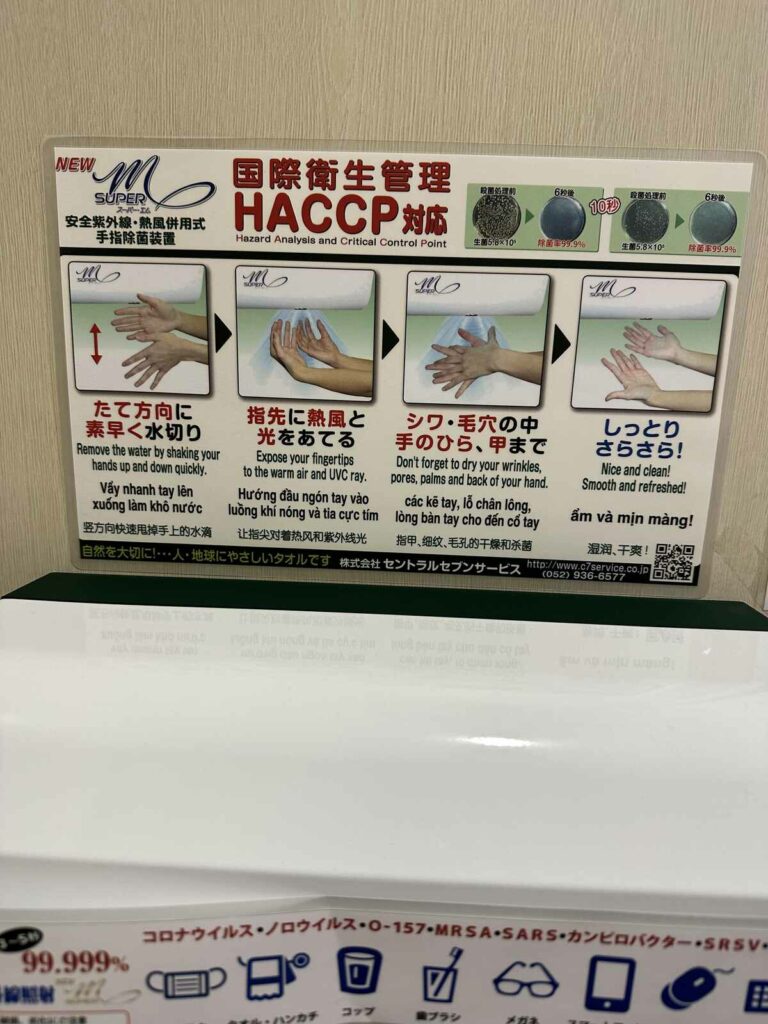
Both signs showcased Japan’s attention to detail and added a quirky, charming layer to even the most mundane activities. The thought of someone carefully drawing out these instructions made the experience memorable.
If you come across unusual but helpful signs, please send them my way!
As you embark on your travels, remember that our journey leaves an impact. Embrace eco-friendly accommodations, support local communities, and reduce plastic use. Respect wildlife by observing from afar and conserve resources like water and energy. Choose sustainable transportation, leave no trace behind, and participate in conservation efforts. Educate yourself and others about the environment you’re exploring. Let’s ensure that we tread lightly on our planet, leaving only footprints of kindness and taking home memories that inspire others to protect our beautiful world. Happy responsible travels!

